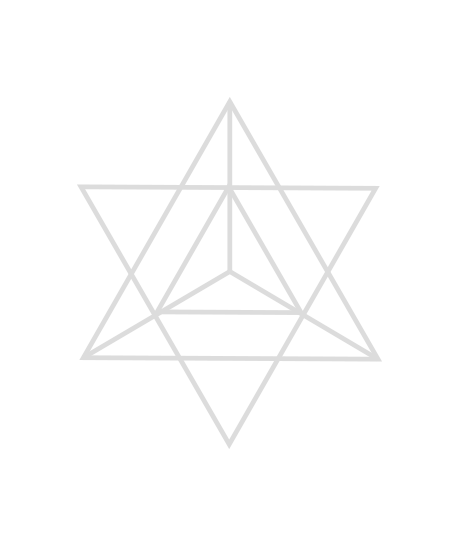
WHAT ARE THE BENEFITS OF MYOFASCIAL DEEP TISSUE MASSAGE?
Unlock lasting pain relief and improved mobility with myofascial deep tissue massage, a highly effective technique designed to release tight fascia and chronic muscle tension. This specialized therapy targets the connective tissue (fascia) that surrounds muscles, helping to break down adhesions, improve circulation, and restore flexibility. Myofascial deep tissue massage is ideal for athletes, individuals recovering from injuries, and those experiencing chronic pain, stiffness, or postural imbalances. By using slow, sustained pressure and deep strokes, this treatment promotes better movement, reduces inflammation, and enhances overall muscular function.
Deep Tissue massage focuses on realigning deeper layers of muscle and connective tissue. These sessions will use more intense pressure than what is used during a Swedish massage and it is normal for people to experience a manageable amount of pain while therapists work on tight and contracted muscles. For any type of athlete, Deep Tissue massage will assist in injury prevention and improved training. All varieties of sports and physical activities can lead to imbalances that can cause injury. By improving circulation, eliminating tight spots and working out adhesions that impede optimal performance, massage can facilitate repair and help to keep athletes at their best.
HOW MANY SESSIONS ARE NEEDED?
This will always depend on your specific goals and the nature of your muscle dysfunction.
For those who are seeking massage as a preventative method to shore up minor imbalances in the body, achieve relaxation, and improve circulation- once a month will be perfect for you.
If you are trying to ease muscle tension from an old injury or from repetitive muscle usage, you should expect that it will take more than one session to achieve these results. The longer you have been living with a muscle dysfunction, the longer it will take to work through the many layers of fibrous tissue. For somebody coming in with a dysfunction that has been bothering them for a long time, an average scenario might look something like the following:
1. Initial visit to assess and ease outer muscle layers
2. Follow up appointment in one week to ease the middle layers of tissue
3. Second follow up appointment in one week to ease the deepest layers of tissue
4. Monthly maintenance visits to preserve muscle integrity and prevent return of dysfunction
For athletes, there are many studies showing the benefits that can be received from regular massages. Some of these benefits include, reduced muscle tension, increased range of motion, decreased muscle stiffness and soreness after exercise, enhanced athletic performance, and prevention of injuries when massage is received regularly. For more information and references, please visit the AMTA website.
